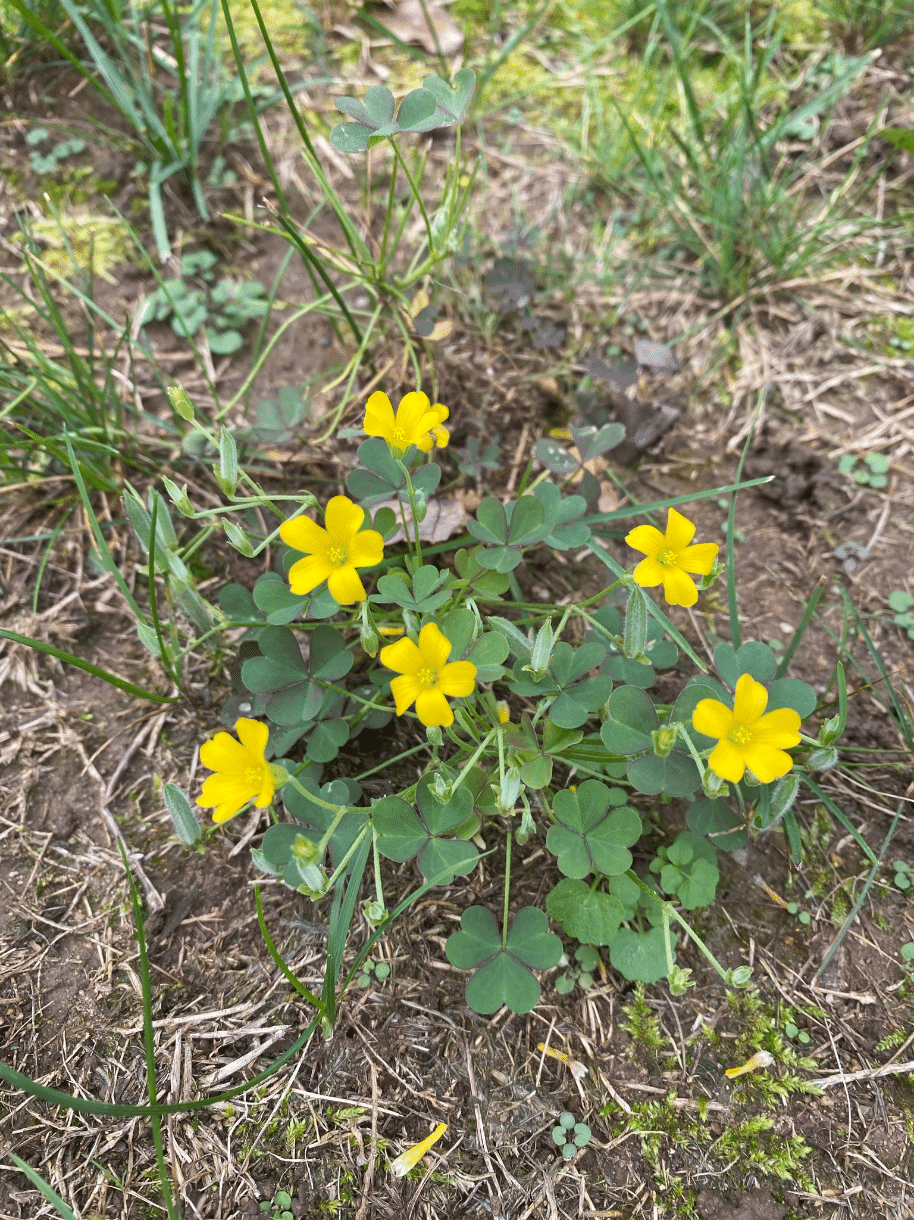Weeds–tenacious plants that interfere with lawns, flower beds, even agricultural crops. Hardcore survivalists, weeds compete, sometimes mercilessly, with the less aggressive plants we strive to grow for essential nutrients, water, and even sunlight. As gardeners, we must sometimes be tenacious too in our quest to eradicate weeds, at least in those places they least belong. Here, we’ll explore lawn and garden weeds with yellow flowers such as dandelions and purslane as well as how to effectively eradicate them.
Table of Contents
Dandelions
A broadleaf perennial, dandelions are common weeds that sport bright yellow flowers that turn to fluffy seed heads. Dandelions have dark green leaves and a deep root, which makes them difficult to control once they invade lawns or flower beds. Unless that root is killed or dug out entirely, the plant will eventually rear its bright yellow flower again–and spread to threaten other areas of your lawn. Once dandelions dig in, they’re tough to remove without the use of a broadleaf herbicide.
How to Kill or Prevent Dandelions
As mentioned, you can use a broadleaf herbicide to kill dandelions and common weeds. Apply it to their dark green leaves. The herbicide will kill the entire plant, including its deep root, without harming the surrounding lawn. Some gardeners prefer to dig out the top portion of the dandelion and then apply the herbicide to the taproot still left in the ground. This is also effective, though more labor-intensive.
The key to maintaining a healthy dandelion-free lawn is to prevent these botanical pests from flinging their seed heads onto your lush green grass in the first place. A thick lawn is a great defense against lawn weeds. Maintaining a healthy lawn is a preventative weed control measure that works. Lawn weeds find it difficult to crowd into a thriving lawn; it’s much easier for them to invade struggling lawns that are patchy or not well cared for.
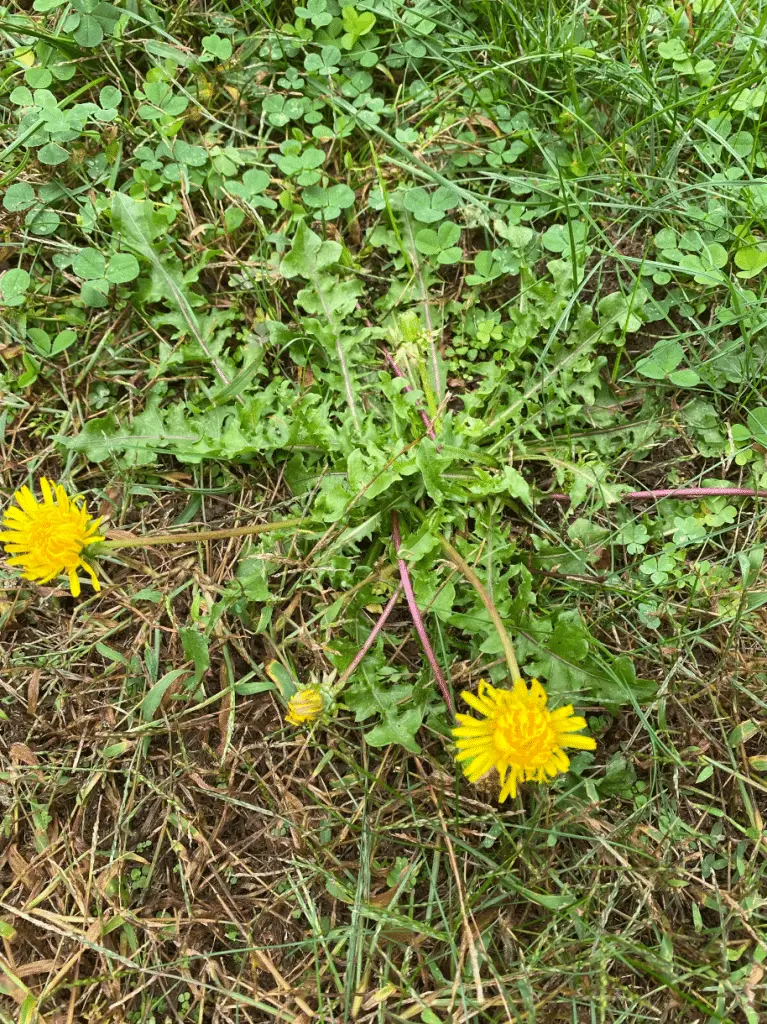
Oxalis
Also known as yellow woodsorrel, oxalis is a cool growing season perennial weed that’s notorious for popping up in garden beds and even in flower boxes and pots. Oxalis features an upright hairy stem that produces yellow flowers with five petals often growing in dense clusters that compete with nutrients with your desirable plants. This weed spreads primarily through its seeds and can be difficult to prevent because it’s able to thrive in both full sun and shade. Although these perennial weeds are similar to woodsorrel, woodsorrel produces small purple flowers.
How to Kill and Prevent Oxalis
Use a selective herbicide to spot-treat oxalis like TZone. Target these weeds before they flower and produce weed seeds. For oxalis weed control in lawns, it’s best to use a pre-emergent herbicide, which prevents weed growth. Maintaining a thick lawn is also a good defense against any type of common lawn weed.
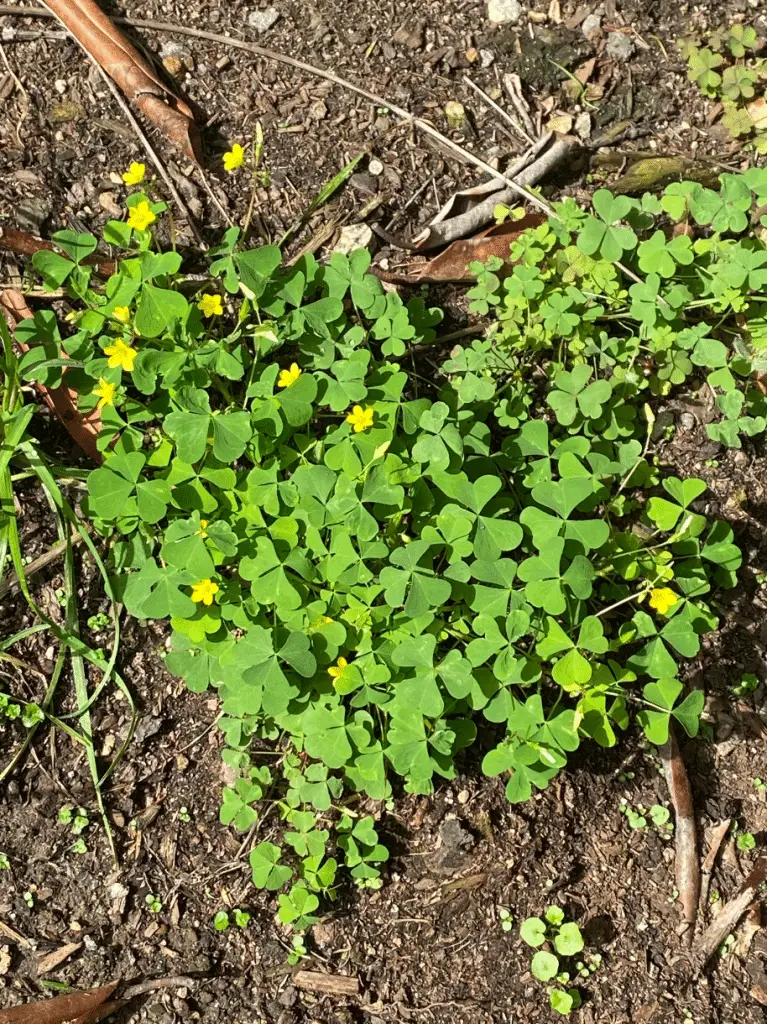
Black Medic
Black medic is an annual weed that is similar to white clover (which features white flowers), but it features small yellow flowers that bloom on each branching stem. This plant thrives in the heat of summer. Easy to spot with its bright yellow flowers and clover-like leaves, black medic is a surefire sign that your soil has problems. Typically, black medic thrives in compact soil that is desperate for aeration.
How to Kill and Prevent Black Medic
Black medic produces seed pods that turn black just before they’re about to drop. You can kill the plant by removing their black seed pods before they drop. The only way this annual weed can reproduce is via its seeds. By removing them, you remove the possibility of next year’s growth. You can kill black medic using a broadleaf herbicide. You can also use a pre-emergent herbicide to control black medic. Some gardeners prefer to pull these common weeds up by hand if there are only a few to be found.
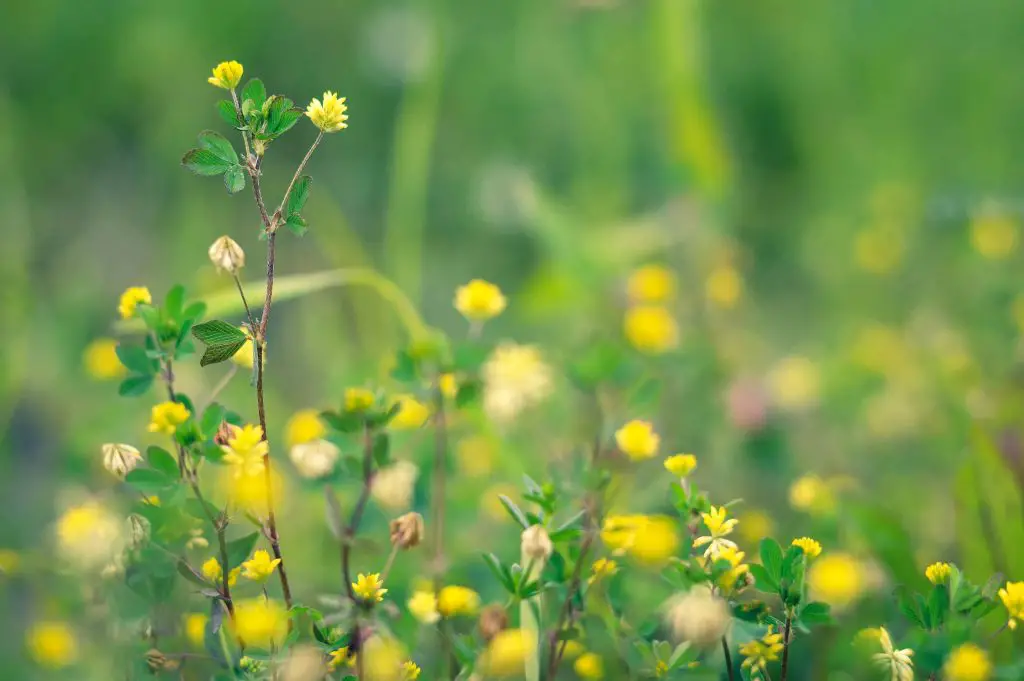
Purslane
Purslane is a broadleaf weed with bright green leaves and five-petal yellow flowers. Purslane is difficult to control because it is an aggressive seed spreader but it can also regenerate itself if just a bit of its stems or leaves are leftover. New plants can emerge in subsequent seasons from a mere bit of leftover stem.
How to Kill and Prevent Purslane
Pulling purslane by hand is not very effective because if any of its stems are left over, the plant will regrow. If you do pull this garden weed by hand, be sure to pull up the entire basal rosette–its center clump. Don’t add these weeds to your compost pile. Place them in a paper bag to prevent them from dropping seeds. Spraying the plants with an herbicide is more effective. After spraying them, follow up in the spring with a pre-emergent herbicide to prevent regrowth.
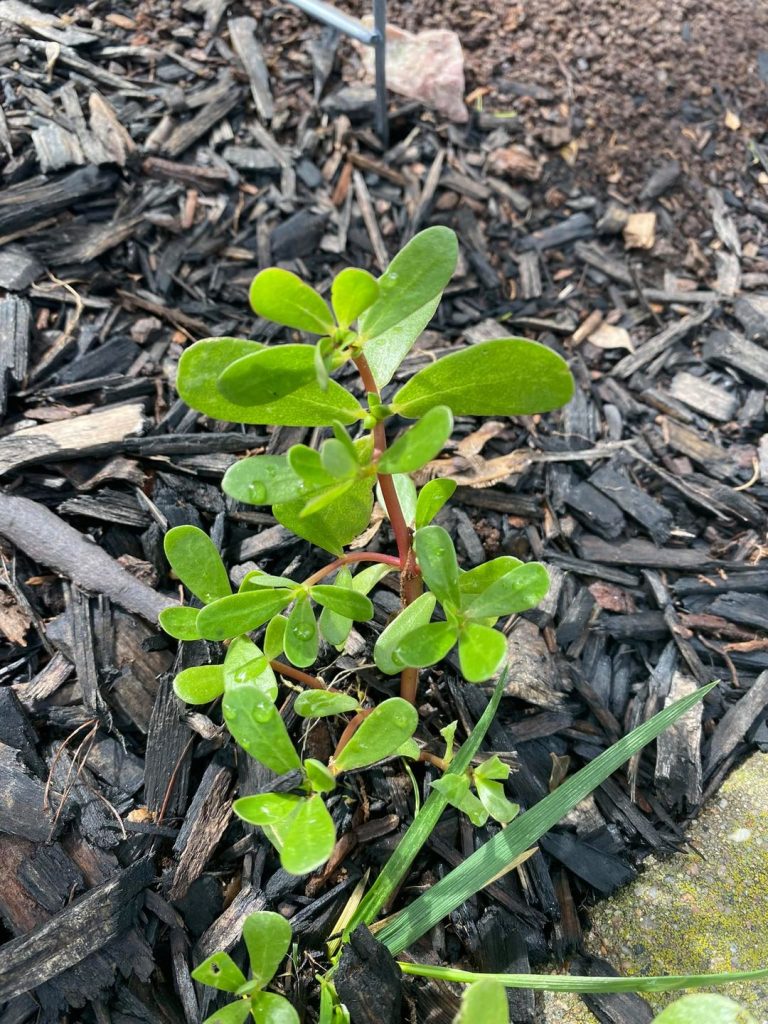
Buttercup
Buttercup, sometimes called creeping buttercup, may produce cheerful and rather pretty little yellow flowers, but this member of the ranunculus family is a perennial weed with creeping stems. The plant forms flowers in late spring that eventually drop seeds. Buttercup can run rampant across your lawn because it can grow from seed or from each newly rooted spot staked out by its creeping stems.
How to Eradicate and Prevent Buttercup
The best way to control buttercup is with pre-emergent herbicides. Pulling the plant is not effective because of its extensive root systems. Although shallow, the creeping growth pattern of the roof makes it difficult to pull out all root material; leaving any behind will result in eventual reemergence. Also, these lawn weeds produce sap that can irritate the skin. If you do pull them, wear gloves.
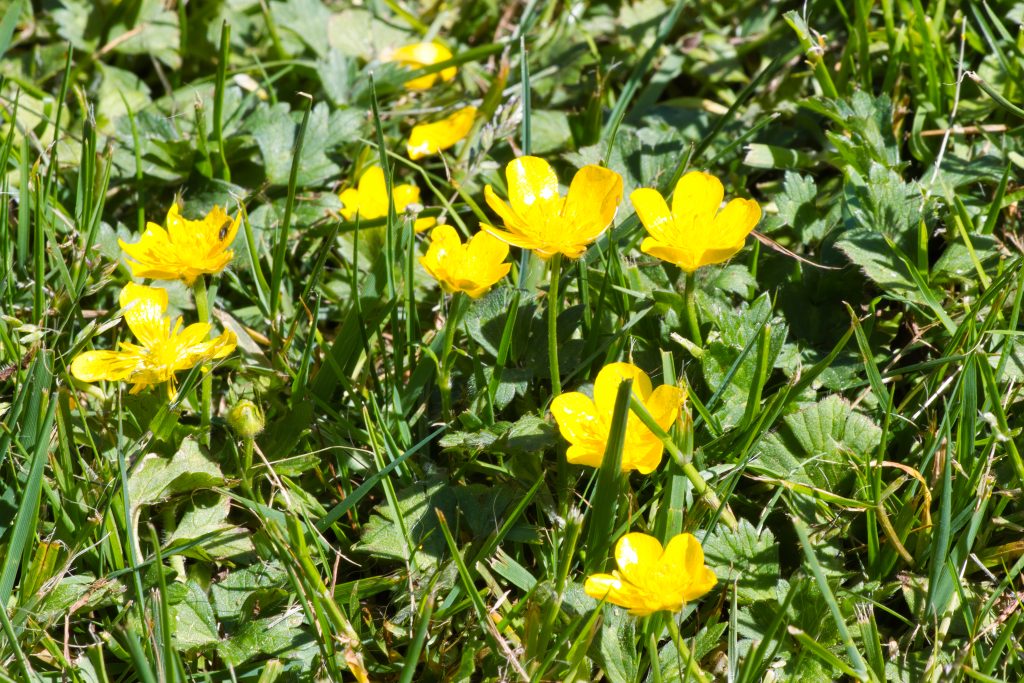
Knotweed
Knotweed is a perennial weed that forms dense mats as its wiry stems grow out from a single taproot. Though short-lived, knotweed is among the more highly aggressive lawn weeds because of its fast-spreading root systems. By late summer, knotweed forms creamy white or yellow flowers that hang in clusters. A non-native species from Japan, knotweed spreads rapidly and can wipe out your desirable plants as easily as its roots can even break through concrete–actually posing a threat to foundations.
How to Eradicate and Prevent Knotweed
Though it may take several seasons to knock out knotweed, it’s helpful to use a granular chemical control followed up with sprays for spot treatments. Maintaining a healthy lawn that’s well aerated and fertilized can help you prevent this weed from invading your turf.
Yellow Flower Weeds FAQs
What are the weeds with yellow flowers called?
There are several common weeds with yellow flowers. View the entire plant–its flowers and foliage to help you identify what it is. Once you identify it, you can research how to control and eradicate it.
Are the yellow flowers in my yard weeds?
If the yellow flowers popping up in your lawn and flower beds were not intended by you to grow there, there’s a strong chance they are common weeds. Identify them using a smartphone app or by researching weeds with yellow flowers.
What are those weeds that look like flowers?
Many common weeds sport flowers. Typically, they produce flowers before seed heads. Weeds, after all, are plants–just highly aggressive ones that grow where they aren’t wanted.
What are the tall yellow flowers in my lawn?
Many plants produce yellow flowers. Even weeds can produce attractive yellow flowers. Nevertheless, weeds can compete with other desirable plants and reduce the health of your lawn. It’s always best to identify the plants that grow in your landscape so you can find out if they are common weeds and require weed control.

